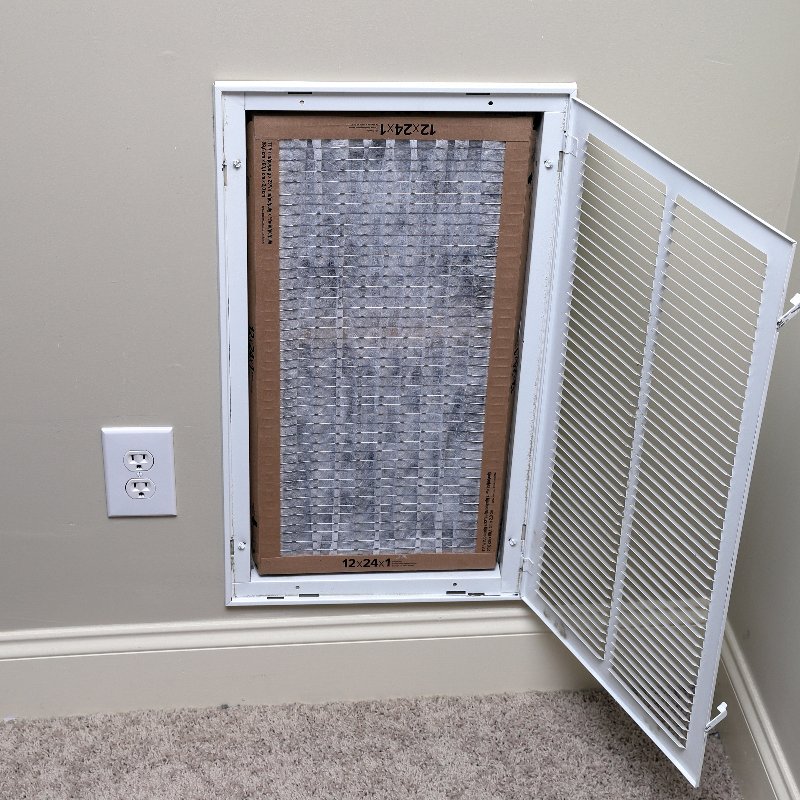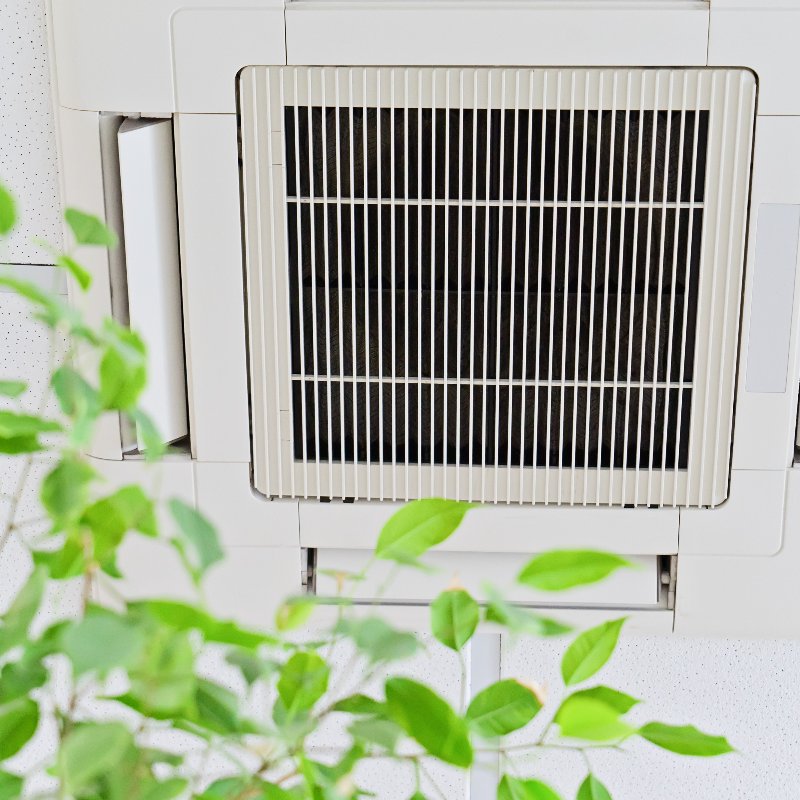
Keeping Your Air Clean
As if we didn’t already know it, the before and after the COVID quarantine of cities’ skylines proved the amount of pollution and smog problem. This includes pictures of Los Angeles, California. What there aren’t any pictures of was the indoor air quality inside our homes and businesses.
Why is air quality a problem?
The elevated ozone levels that cause poor outdoor and indoor air quality are linked to increases in emergency room trips and hospitalizations, and even premature death. Since the EPA (Environmental Protection Agency) implemented laws in 1971, there has been great progress in improving outdoor air quality. Visible air pollution has reduced, but not air pollution is visible, especially inside the home.
Everything in our homes has fine particles that come directly from or are formed from gaseous emissions including nitrogen oxides and sulfur dioxide. Yes, one place you should feel safe, the indoor air quality could be making you sick, but you may not even realize there is a problem with the IAQ inside your home.
Can poor air quality make you sick?
Absolutely! So, what are the symptoms of poor air quality? If anyone in your home is suffering from any of the following 5 health issues, it could be an issue with the indoor air quality of your home:
- Common Colds
Bad indoor air quality can affect many people with what appears to be a common cold or the flu. Symptoms are short-term periods of coughing, dizziness, fatigue, itchy eyes, runny nose, sneezing,. All of which are easily treated with OTC medications for most of us.
These symptoms can occur following common air quality issues of single or multiple exposures to a variety of airborne pollutants like bacteria, dust, mites, pollen, and viruses that rapidly spread within closed-in areas with limited air circulation and/or a high level of humidity.
- Asthma
If any member of your household suffering from asthma and experience an increase in their symptoms at home, it could be because of the indoor air quality. Any increased amount of wheezing and coughing, complaining of a tight chest, or having difficulty breathing, can result in an asthma attack. If incidents of emergency room visits or doctor appointments, or missing school or work increase, the indoor air quality could be the culprit.
If these asthma symptoms appear after somebody gets home, the airborne particles, endotoxins, and the ozone are common irritants that create asthma symptoms indoors. The ozone is created from sunlight encountering other air pollutants, triggering asthma with irritated airways and lungs. Bacteria and outdoor soil can cause endotoxins that are brought inside by humans, pests, and pets.
- COPD
COPD (chronic obstructive pulmonary disease) is a long-term condition that results from inhaling pollutants that cause poor indoor air quality. Similar to asthma, the symptoms include breathing difficulties, chest tightness, and wheezing, and often include a chronic cough, fatigue, respiratory infections, weight loss, along with feet and leg swelling.
COPD symptoms are often triggered by indoor pollutants like asbestos, combustible pollutants, mites, pet dander, pollen, radon, and 2nd hand cigarette smoke. These irritants can affect some persons more than others.
- Lung Cancer
Long-term exposure to poor indoor air quality levels can increase a person’s risk of lung cancer with different pollutants contributing to the development of this condition. Those pollutants include combustible pollutants, radon, 2nd hand cigarette smoke, and volatile organic compounds, with radon being known as a leading cause. Radon is a radioactive gas that is produced in the soil. It enters the home through cracks and other openings in floors and walls from the ground beneath your home.
- Cardiovascular Disease
In addition to poor indoor air quality causing damage to the respiratory system, it also affects the cardiovascular system by impeding the movement of the blood through the blood vessels. This often results in blood clots, and disrupts the heart’s functioning, resulting in the risk of heart attacks or strokes, and creating heart disease. The irritants that cause this are carbon monoxide, dust, nitrogen dioxide, ozone, soot, and sulfur dioxide.
What causes poor air quality?
Poor indoor air quality in the home can be caused by several issues, including things we listed above, along with the following being the 3 biggest culprits:
1. Poor Ventilation: Poor or a lack of adequate ventilation results in contaminants building up and the HVAC system recirculates those contaminants. Inadequate or lack of HVAC maintenance is a contributor to poor indoor air quality, including the monthly change or cleaning of the air filter.
2. Combustion Products: Automobile exhaust, furnaces, water heaters, scented candles, oil lamps, fireplaces, gas cookstoves, wood-burning stoves, and tobacco. When there isn’t proper ventilation, these things can generate carbon monoxide, formaldehyde, nitrogen dioxide, nitric oxide, sulfur dioxide, and respirable particulates, all combustion products that can irritate the eyes, nose, and throat, cause dizziness, fatigue, and nausea.
3. Organic Vapors: Organic vapors are released from everyday household products that have been linked to adverse health effects like irritated nose and throat, causing dizziness, headaches, and nausea. The products of concern are fuels, paints, solvents, strippers, and pesticides. Products used for cleaners and deodorizers, hobbies, and more contain matters that can cause these results. Formaldehyde is found in new fiberboard, particleboard, paneling, plywood, and cigarette smoke, which can cause health issues.
Do air conditioners purify indoor air or does an air conditioner bring in dust?
Air conditioners do not purify the air inside the home. The air filter within the HVAC or window units is located at the return air duct or air handler filters the air within the unit, not the air outside and around the unit. Two components of an air conditioner that collect dust is the air handler and the condenser. The air handler is where the air filter is located, but it cannot catch all the particulate matter that will pass through it.
Regarding the concern that the air conditioner brings dust into your home, this is typically coming from the ductwork or where the connections of the air ducts aren’t broken. With the air duct compromised, it allows any dust collected in the air ducts to be blown inside your home. So, in essence, it is not the air conditioner, but the air duct system causing poor indoor air quality for your home.
How can you improve your indoor air quality?
The following steps will boost your home’s indoor air quality and improve your family’s health:
- Minimize pollutants: Some common pollutants that can affect your home’s indoor air quality include:
- Radon
- Secondhand smoke
- Formaldehyde
- Cleaning products
- Test the air quality
- There are DIY indoor air quality testing kits, or you can have it tested professionally.
- Control allergens: You can control many of the allergens that are affecting your home’s indoor air quality such as:
- Dust
- Dust mites
- Mold
- Pet dander
This can be done by more frequent dusting and vacuuming, and by keeping pets bathed and brushed. Replace any carpeting, drywall, or flooring that has been wet that may have hidden mildew and mold.
- An air purifier: Purchasing an air purifier for the home is one of the most effective ways to make indoor air quality better.
- Ventilation: Make sure your attic has sufficient ventilation that keeps the air flowing, open windows and doors when the outdoor conditions are good and the pollen count is low. Keep a routine of changing or cleaning the air filter every 30 days or more frequently. Make sure all gas-powered appliances are properly ventilated.
- Reduce dampness: Dampness creates mildew and mold, make sure to remove anything that is damp and can increase the humidity.
- The heating system: Make sure all methods you use for heating your home are inspected and performed correctly, including the fireplace and chimney.
- Indoor plants: Yes, indoor plants can improve indoor air quality when you choose the right ones and place them where needed. Not all plants remove all pollutants. Do your research and choose the best plant for your problem areas.

In Closing – So, how can I purify my air naturally?
In addition to things we have already mentioned, other ways you can improve your home’s indoor air quality naturally include using Salt Crystal Lamp for accent and nightlights and using beeswax candles and essential oils throughout your home. Placing activated charcoal and bamboo charcoal inside your home will the toxins that other items are bringing into your home.
